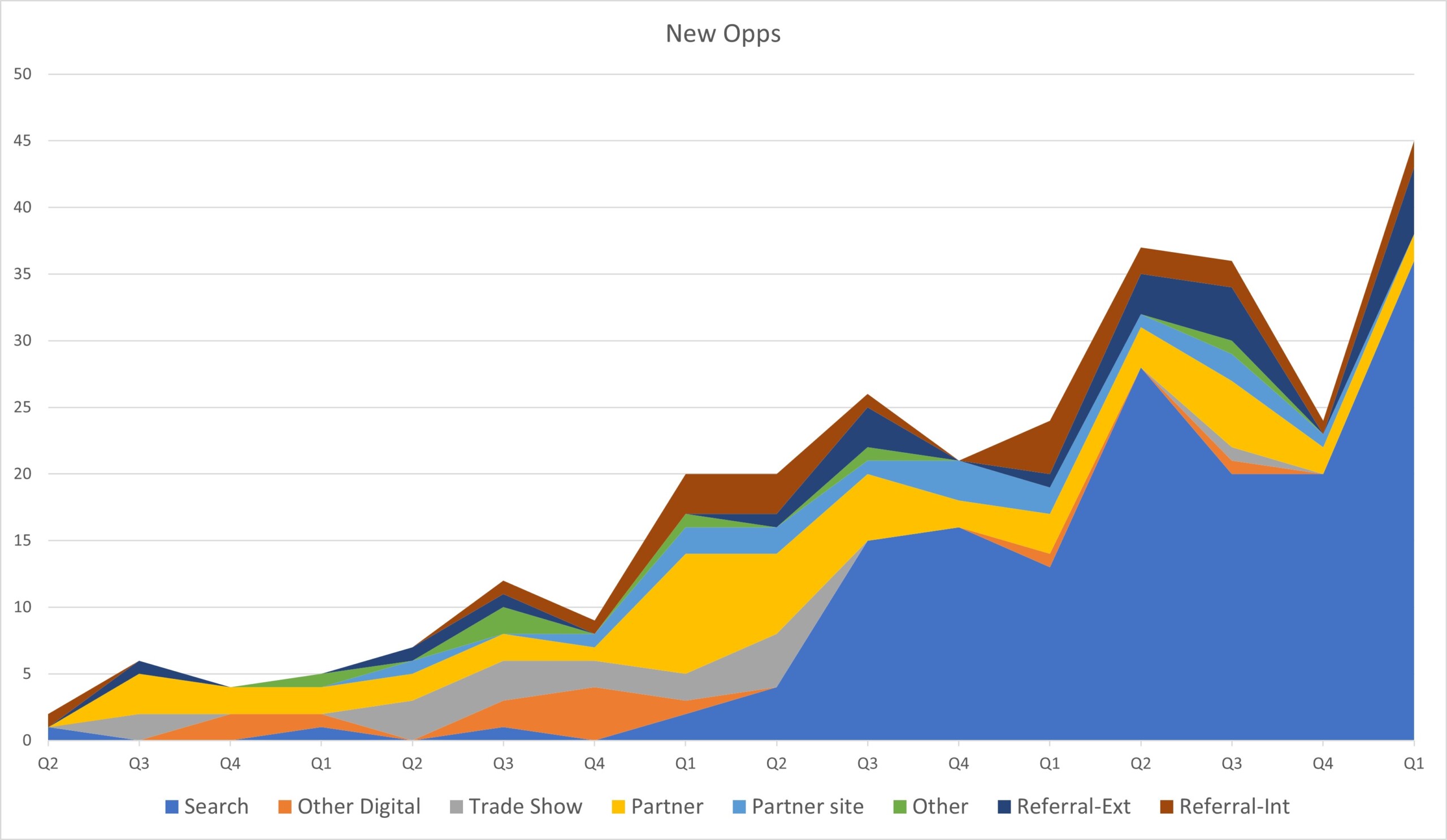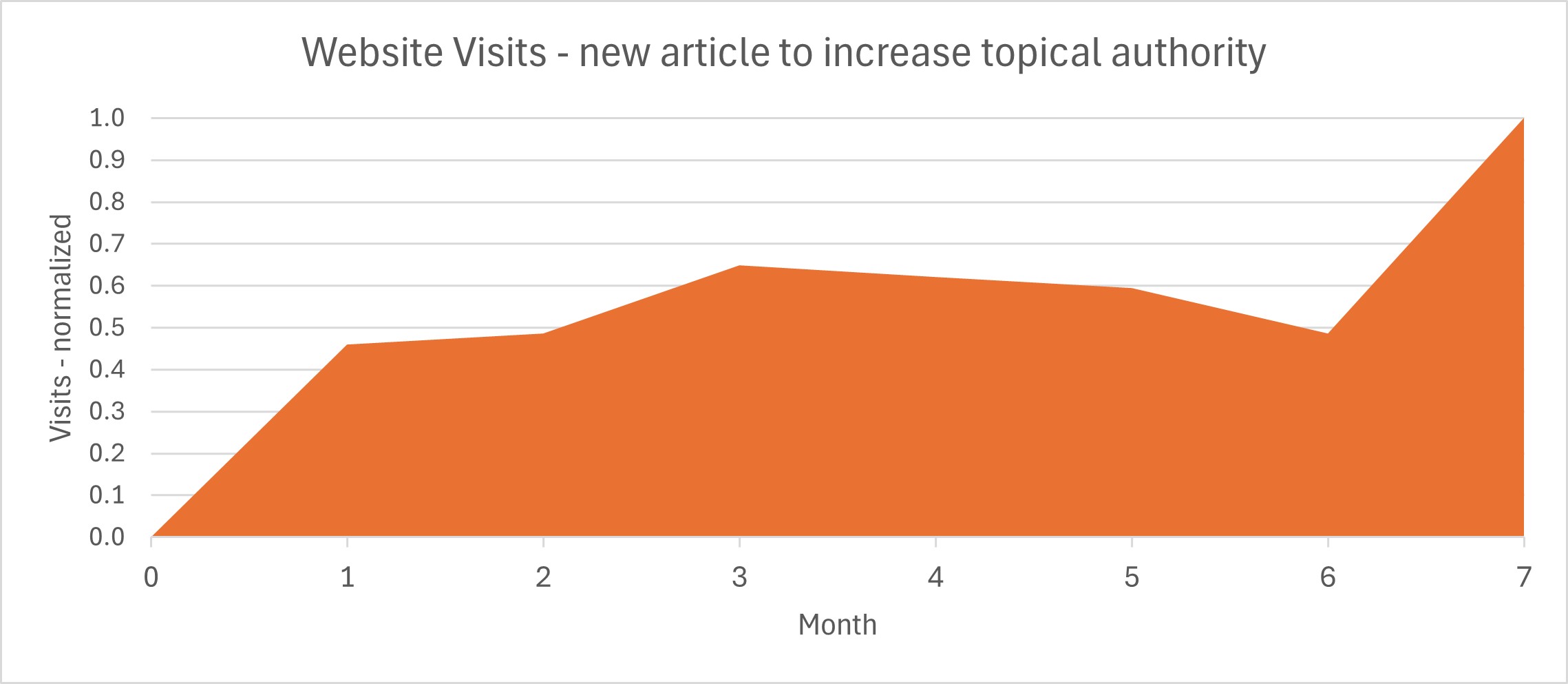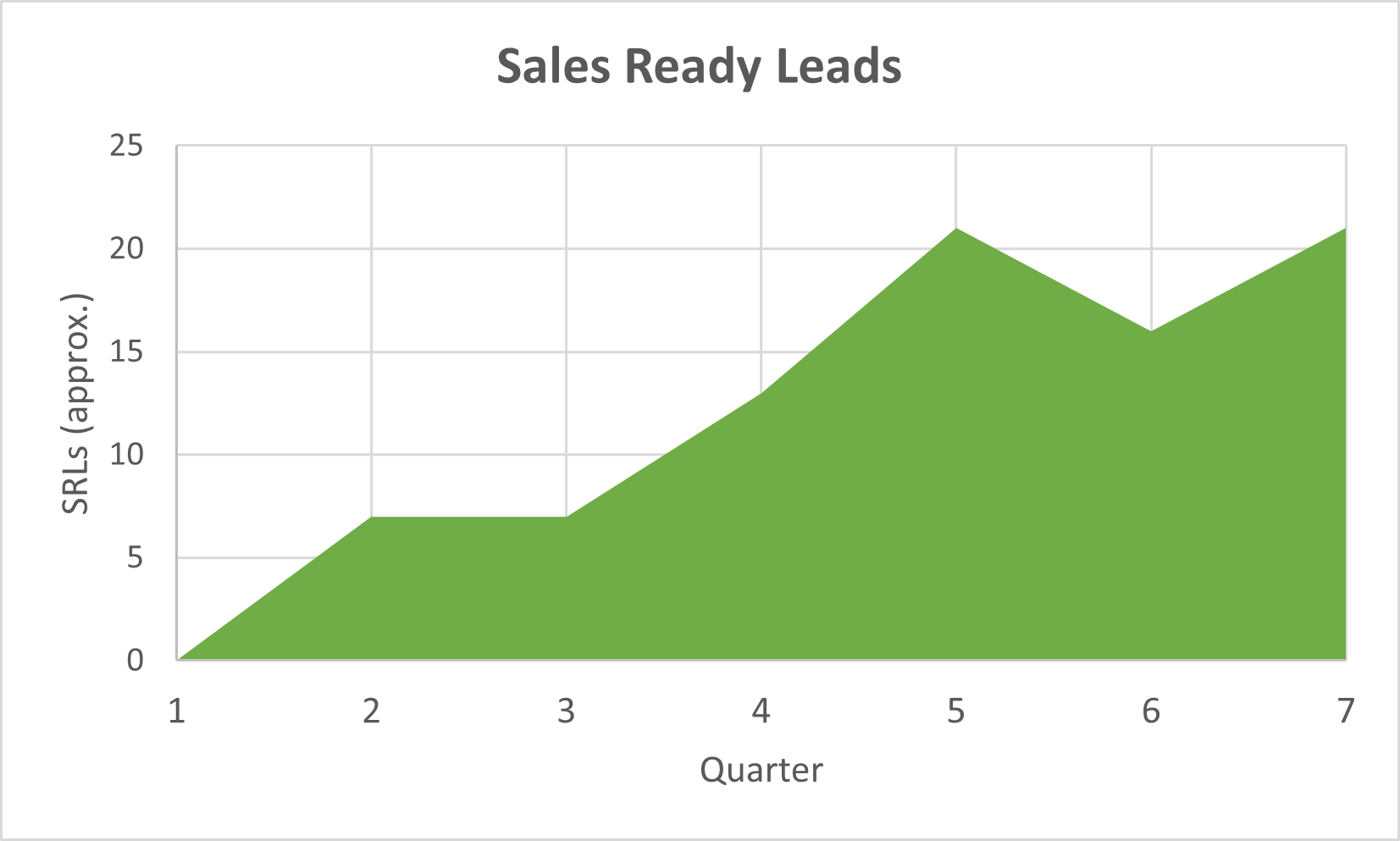Marketing for Engineering Consultants
Tips and insights from an engineer – no-fluff strategy, niches, plans, and an experimental mindset
Yeah, that’s right, I’m an engineer… at least I used to be. Though I’ve been told many times: “once an engineer, always an engineer”. I suppose at some level that’s true. I certainly mostly still think like an engineer, for better AND for worse 😊.
Marketing and selling a product vs a service – the difference and why it matters
Last updated: November 21st, 2025
Marketing and selling for an engineering consulting company is different than marketing and selling for an engineering product company in a very significant way.
The main difference is trust: there’s a lot of trust inherently built into marketing / selling a product.
Here’s where that trust comes from:
- A product is tangible – potential customers can see it. If it’s physical, they may be able to touch it. If it’s software, they can try it out / play with it.
- Significant dollars are spent on development of a product – we generally make an assumption that if a team of developers put gobs of effort into creating a product and that product has a fair number of customers already, it’s a least not going to be a total pile of steaming garbage (obviously that’s not always the case, but much more likely when there’s significant blood, sweat and tears that went into it).
- Repeatable – That’s the point with a product, right? It’s generally repeatable. You produce the same thing over and over. There’s comfort in knowing that past customers have gotten the same or similar item over and over.
With consulting services, these things generally don’t exist as naturally.
You might argue with me on the repeatability aspect, and I’ll give you that for engineering consulting services there is an element of repeatability. However, it’s not as noteworthy as it is for a product. In fact, that’s kind of the point. Once you zoom into the details of consulting, you’re often going to do something that’s not exactly the same as what you’ve done in the past. Whether it’s dealing with new:
- Technology
- Process
- Personalities
- Culture
- Industry
Some combination of those is bound to get you into new territory.
So, how do you market your services?
You need to build trust.
How do you build that trust?
By showing your equivalent of your “products”. In other words, you need to let your company’s collective brainpower out into the world.
How do you do that?
You get that knowledge out of your SMEs (Subject Matter Experts) heads and into the digital world.
This takes the form of content: articles, case studies, maybe calculators.
Just like a product company spends time and energy on R&D to build trust into their product, you need to spend time and energy on content to build trust into your services.
However, you’d be mistaken if now you think “ok, if I start creating content about the things we know about, we’ll be all set”. This is not a “build it and they will come” sort of thing. Just like many product flop before they ever see the light of day, so too will some of your content.
So what do you do next?
You figure out your marketing strategy.
From me, a no-fluff marketing strategy usually means answering these 3 questions for each problem that I want to market:
- What problem am I solving?
- For whom?
- How do I try to engage them?
Marketing strategy – What problem(s) am I solving?
How would you answer this question right now?
Go ahead, try it.
If you answered something like “we provide [X] engineering consulting services to [Y] companies”, it’s not that you’re wrong, it’s just that for this exercise you may be focused on the wrong side of the equation. This isn’t about you. This is about your customers.
What problem are you solving for them? How do THEY describe what you did for them? Is it more about the tools being leveraged? The industry? The specific work you accomplished? That’s going to be way more important to you than what you think you do.
This is how you get more market-focused. And ultimately, this is where niches usually come into play. More on niches below. For now, let’s stick with our 3 basic questions.
Marketing Strategy – For whom?
Chances are there are more people and more companies that need the thing you offer than you align well with. Different groups have different resources, different pressures, and different cultures. Many times these groups have observable characteristics at the company level.
These could include characteristics like:
- Company size
- Growth rate
- Industry vertical
- Geography
Once you’re reasonably clear on the type of company that you’re trying to market to, now comes the harder part (harder because there’s more variation and less observability) of selecting primary groups of people that you want to market / sell to.
Your first step is to select a primary role (or maybe two depending on how big your consulting firm is).
Once you’ve done that you’ve got to start the harder work of seeing what you really understand about them, mainly buying triggers and care-abouts.
This information can / should influence your targeting and your messaging.
Marketing Strategy – How do I try to engage them?
This is where marketing methods come into play.
Methods for consideration:
Marketing methods for consideration:
- Networking
- Tradeshows
- Partner channel
- Referral
- Account-based Engagement
- Social media (specifically LinkedIn)
- Paid Search
- Organic Search (i.e. SEO)
That’s a lot of options to think about. Too many to focus on for smallish engineering consulting companies. You’ll likely want to focus on one or two methods, and maybe dabble with another couple.
To help organize your thoughts, start at the top level and decide if you want to primarily focus more on inbound methods or outbound methods.
Outbound methods are more focused on pushing yourself on potential customers. Inbound methods are more focused on attracting potential customers to you.
If you’ve got extroverts that like to, and are good at, mixing it up with strangers, making connections, etc, then outbound methods might be your thing.
If you’re more introverted or don’t like to be annoying or push yourself on people, you may lean toward inbound methods. I generally prefer inbound methods.
Here’s roughly what the spectrum of inbound and outbound methods look like in my head:

You may notice that I didn’t mention content marketing as a method. That’s because content is fundamental to most marketing methods. Content is just a way to convey information. “Content” could be an article or a case study, but it could be a landing page, a calculator, a video, or a webinar. Marketing methods are more about how to get that content in front of people.
The importance of a niche
A niche is a problem that you know how to solve, defined by the market. Not you.
As an engineering consultant, start to think about what you’re helping them accomplish, from their perspective. What do they care about most when they’re trying to accomplish this?
The primary value of a niche is that it helps you focus your marketing energy. Your goal is to rise above the noise.
Like most engineering consultants, I’m guessing you can solve lots of problems. You’ve got a lot of tools in your toolbelt. I get it.
You know what the problem with that is?
So can many other engineering consulting companies.
How are you going to differentiate yourself from them?
If you’re saying to yourself “I’m afraid that if we’re too narrow, we’ll be vulnerable”. I don’t disagree. I’m not suggesting you can’t take on work outside your niche.
I’m suggesting that you should focus your marketing energy on a niche, or maybe more than one depending on your size and a couple additional factors.
I’m also not suggesting that you don’t need to stick with a single niche indefinitely. You can try different niches. You can pivot. You just can’t try to market everything at once. And you probably should market less things than you’re comfortable with marketing.
If you’re interested in what others had to say about others had to say about niche selection roadblocks, check out this article on niche selection obstacles.
See why you need a niche – and what to do about it for more on this topic.
An experimental mindset
Many engineers really struggle with marketing.
Why?
Because it’s so non-deterministic.
Why?
Because:
- Human behavior is complex
- The market environment is very dynamic
- Analytics data provides some insights on what happened, but not why it happened.
All this combines to create a set of partially observable variables.
So, what is one to do under these circumstances?
Devise various experiments.
For the hardcore scientists reading this, I don’t mean rigorous scientific experiments with confidence intervals.
I mean you should initiate marketing efforts that are experimental in nature. You have a rough theory. You perform some actions. You test that theory by gathering feedback from the market. You use that feedback to influence (not determine) what to do next.
The high-level flow for many of these experiments looks something like this:
- Select a niche.
- Create / update content.
- Start testing.
- Assess market feedback.
- Iterate / pivot / refine.
It’s not magic. But it often is challenging work.
Creating a consulting engineering marketing plan
Plans make most of us feel more comfortable. We humans love our expectations set 😊.
The key is to create a plan that provides you with a vision outline, without acting as a crutch.
A good marketing plan should avoid lulling you into a false sense of security that makes you think you can just turn the crank on activities and all will be great.
The value in creating a plan is less about the output, and more about adding clarity to your thought process. If you’re newer to marketing, it can help you see what gaps you need to fill to enable your marketing experiment (your experimark; yeah, I actually said that out loud, and I’m keeping it).
If you’re interested, here’s a template to start to get your head straight:
| Niche | |
| Primary problems solved | |
| Roles | |
| Market interests / care-abouts | |
| Industry verticals | |
| Primary method | |
| Secondary method | |
| Landing page(s) needed | |
| Case studies needed | |
| Articles needed | |
| Metrics to monitor |
A few caveats:
- I generally don’t try to capture all this info in one place,
- Sometimes some of these items live in my head,
- Not all of this info is always important,
But if you’re newer to thinking these things through, it may help add clarity to your mental model.
So now what?
There are a lot of moving parts to marketing for engineering consulting companies.
If you like the idea of inbound marketing and you’d like someone to help guide you or help implement your inbound marketing, feel free to reach out for a chat.
Deep in learning mode? Check these out:
-
- Inbound marketing for engineering companies
- Content Marketing for Engineering
- How to Sell Engineering Services
- Marketing for small engineering businesses – focusing your strategy
- Lead generation for engineering companies – tips and insights
- Lead-focused SEO for engineering – insights and lessons learned
- Advertising for engineering firms
- 5 roadblocks that stop tech services companies from moving forward with their marketing
- Marketing plans for engineering companies
- The engineering services market – insights and opinions
- Creating a no-BS marketing strategy for your engineering company
- Inbound marketing for civil engineering firms







